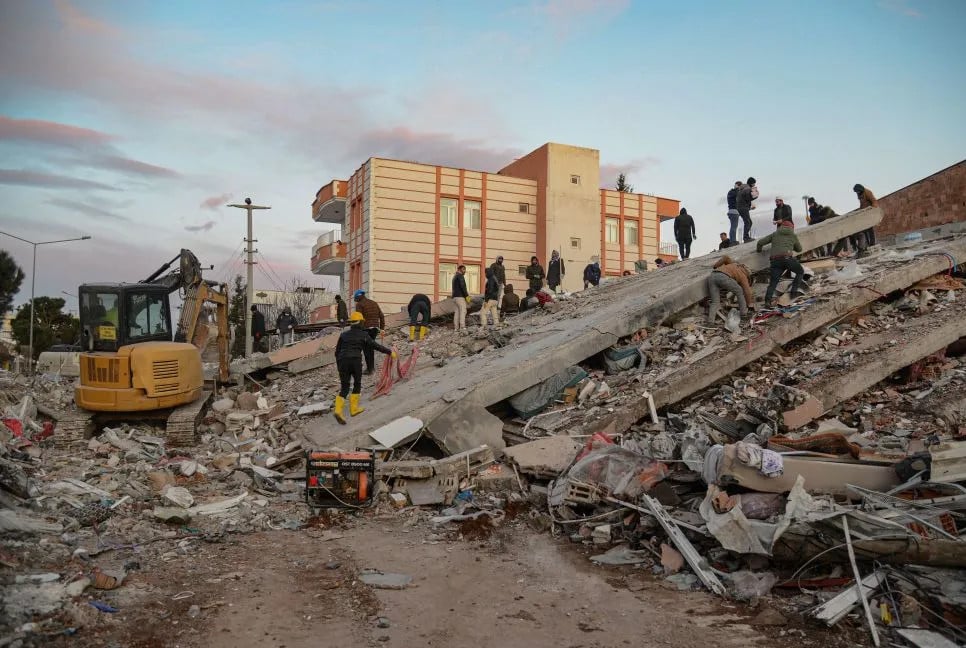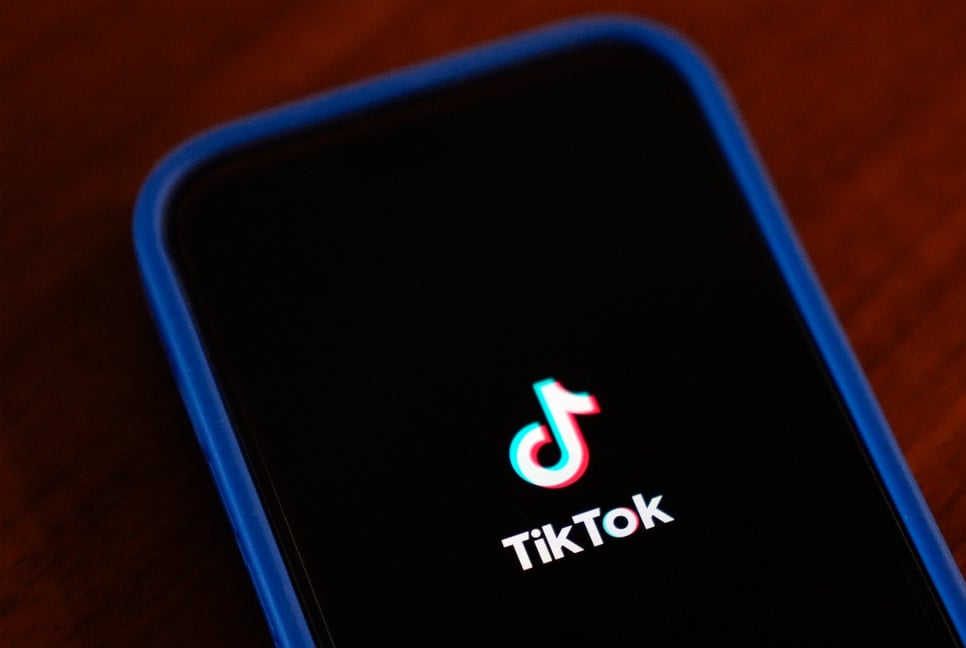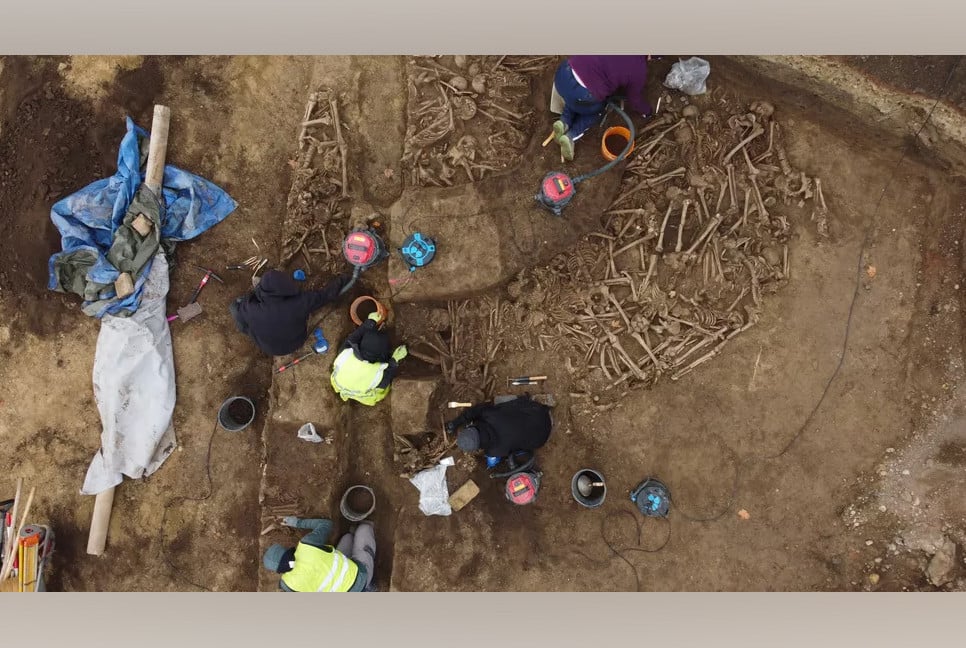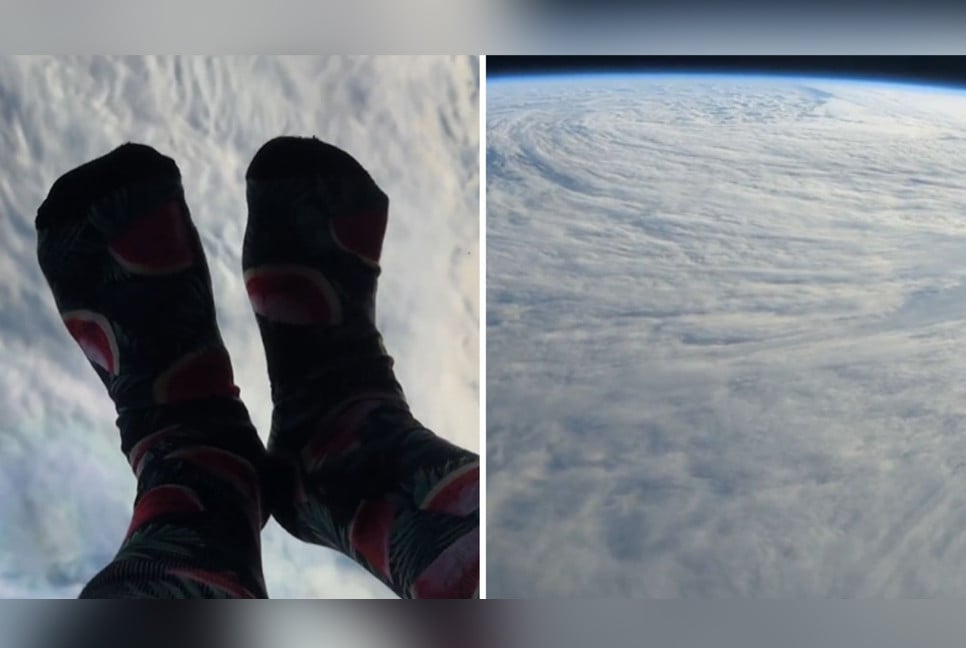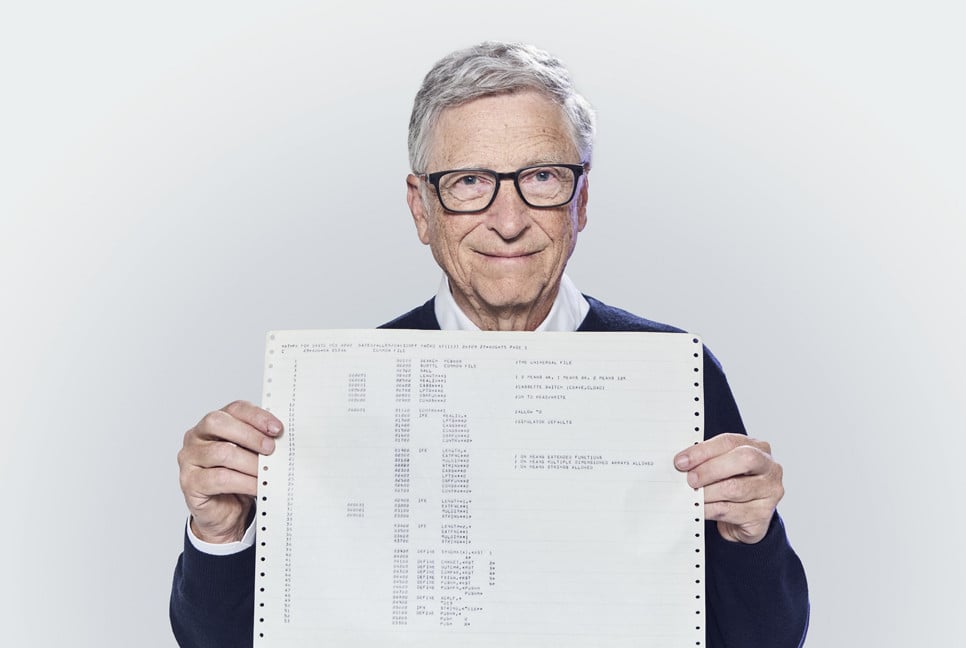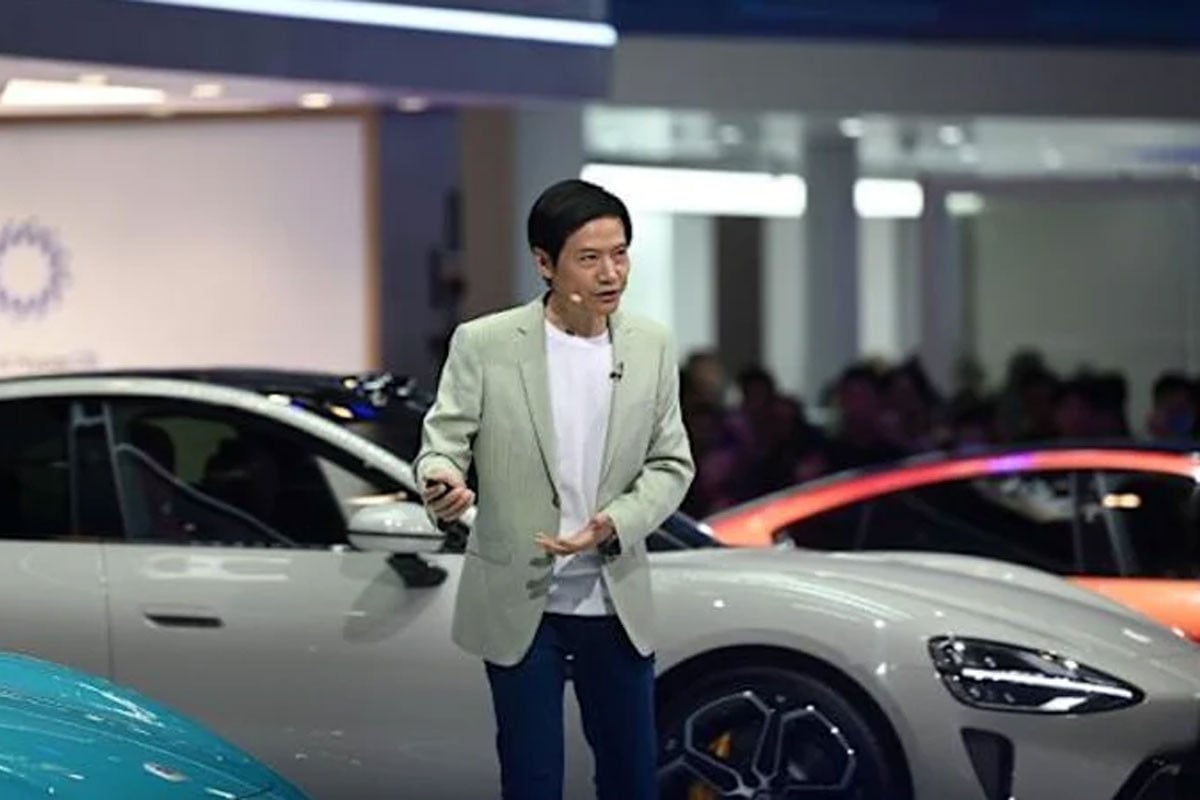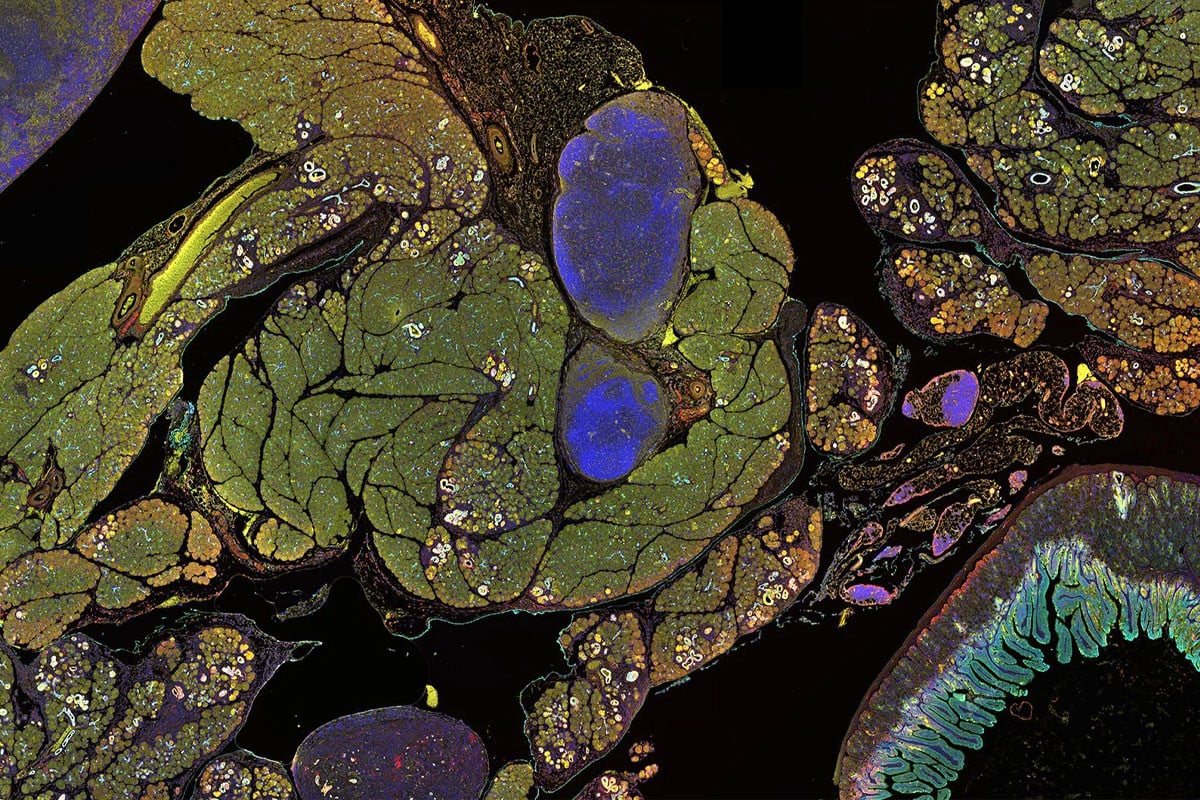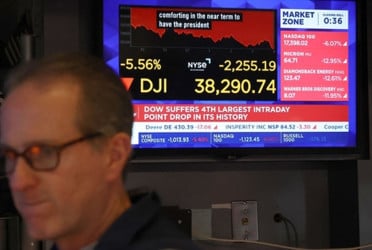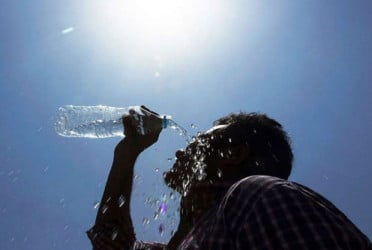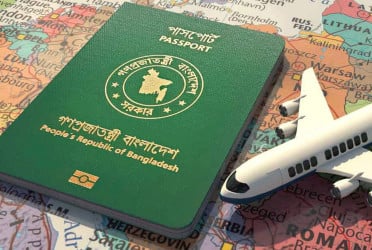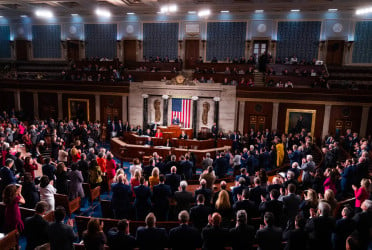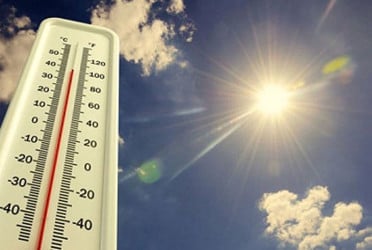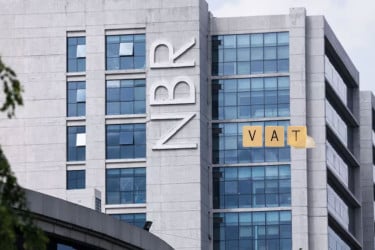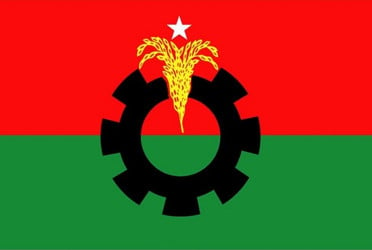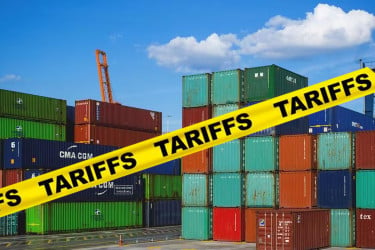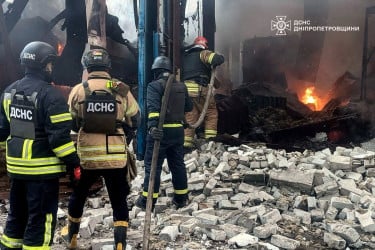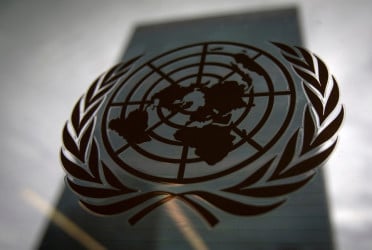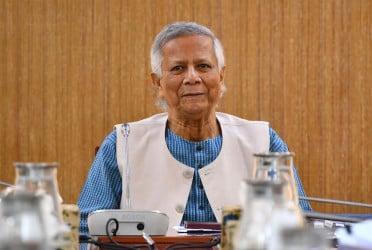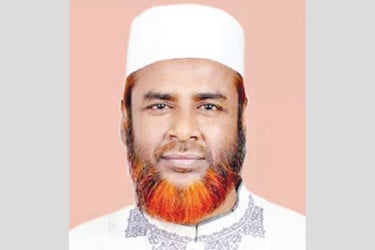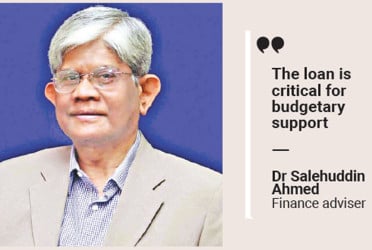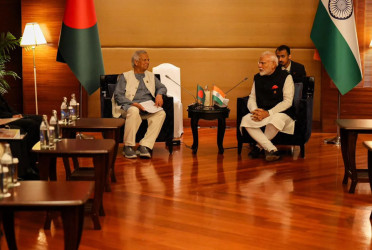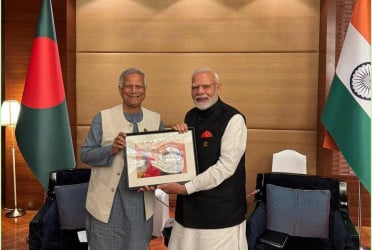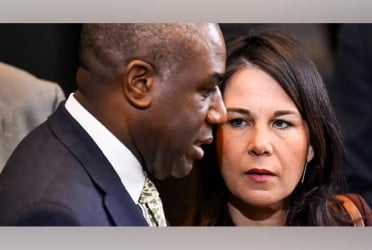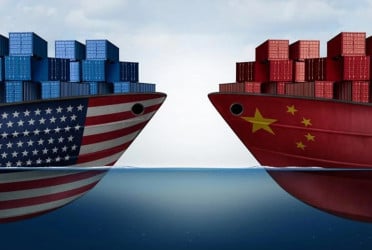The urban population has surged threefold over the last 50 years, putting more people at risk during natural disasters. At the same time, the rise in extreme weather events due to climate change has led to global initiatives aimed at improving earthquake monitoring and weather forecasting systems for faster, more precise, and cost-effective disaster management.
The United Nations' Global Initiative on Resilience to Natural Hazards through AI Solutions will meet for the first time at the Barcelona Supercomputing Center in Spain on November 6,. The initiative aims to help governments, organizations, and communities leverage AI for better disaster management, focusing on improving data collection, forecasting, and communication.
The initiative builds on over three years of work by the International Telecommunications Union, the World Meteorological Organization (WMO), and the UN Environment Programme. AI has already shown promise in disaster response, such as predicting Hurricane Milton’s path in Florida and improving multilingual weather alerts. AI tools are also being used to analyze satellite images for damage assessment and aid distribution in disaster zones.
While governments manage early warning systems, private companies like SeismicAI are enhancing earthquake detection with AI sensors. Google, Nvidia, and Huawei are partnering with European forecasters to create faster, more efficient weather models, and IBM has collaborated with NASA on an open-source climate modeling platform.
AI advances
While machine learning techniques have been incorporated into weather forecasting models for many years, recent advances have allowed many new models to be built using AI from the ground-up, improving the accuracy and speed of forecasting.
Traditional weather models use complex physics-based equations to simulate atmospheric interactions, which require supercomputers and can take hours to produce a single forecast. In contrast, AI weather models identify patterns by analyzing decades of climate data, much of which is gathered from satellites and ground sensors, and shared through international cooperation.
Both AI and physics-based forecasts work by dividing the world into a three-dimensional grid of boxes and then determining variables like temperature and wind speed. But because AI models are more computationally efficient, they can create much finer-grained grids. For example, the the European Centre for Medium-Range Weather Forecasts' highest resolution model breaks the world into 5.5 mile boxes, whereas forecasting startup Atmo offers models finer than one square mile.
This bump in resolution can allow for more efficient allocation of resources during extreme weather events, which is particularly important for cities, says Johan Mathe, co-founder and CTO of the company, which earlier this year inked deals with the Philippines and the island nation of Tuvalu.
Limitations
AI-driven models rely on the quality of the data they are trained on, which can be a limitation in poorer regions that lack well-maintained weather sensors. As AI systems become more complex, they often operate as "black boxes," making their predictions harder to interpret.
"When you’re in a really high stakes situation, like a disaster, you need to be able to rely on the model output," says Monique Kuglitsch.
The U.N. initiative is developing guidelines to ensure AI is used responsibly and transparently, with standards to encourage developers to disclose model limitations and ensure cross-regional compatibility.
The initiative will test its recommendations through the MedEWSa project, focusing on wildfire predictions near Athens and improving flood and landslide warnings around Tbilisi.
Meanwhile, private companies like Tomorrow.io are filling data gaps by launching satellites with radar to collect data from underserved regions. Tomorrow.io’s models are used by cities like Boston for weather forecasting and by companies like Uber and Delta Airlines. Another U.N. initiative, the Systematic Observations Financing Facility (SOFF), is also working to close the data gap in poorer countries.
Johan Stander from the WMO emphasizes that AI should support, not replace, national meteorological services: “You can’t go to a machine and say, ‘OK, you were wrong. Answer me, what’s going on?’ You still need somebody to take that ownership.”
Source: Time
Bd-pratidin English/ Afia

